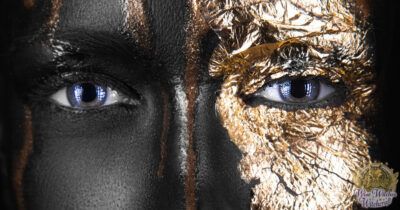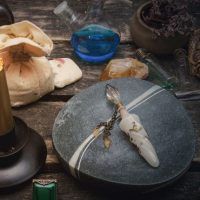Setting up Your Altar for Wicca or Witchcraft
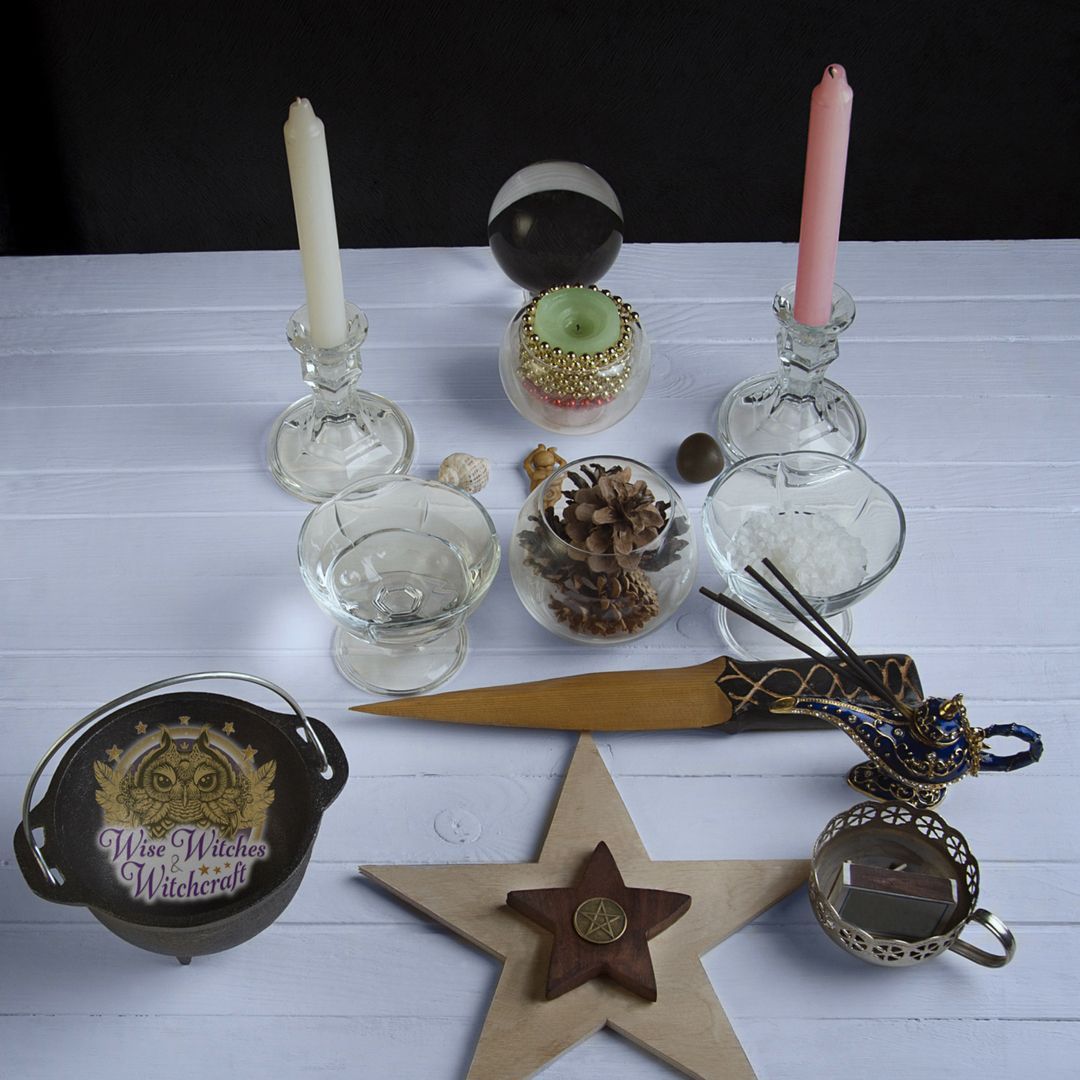
“Your heart is your temple.”
― Suzy Kassem
By definition, an altar is a “high” place set aside for spiritual purposes. In Wicca and many types of Witchcraft, this is most certainly true. At the altar, a practitioner comes to the Divine asking for assistance in directing his or her magic be it through a spell, a prayer, a ritual or other metaphysical process.
Magick Altar as Sacred Space
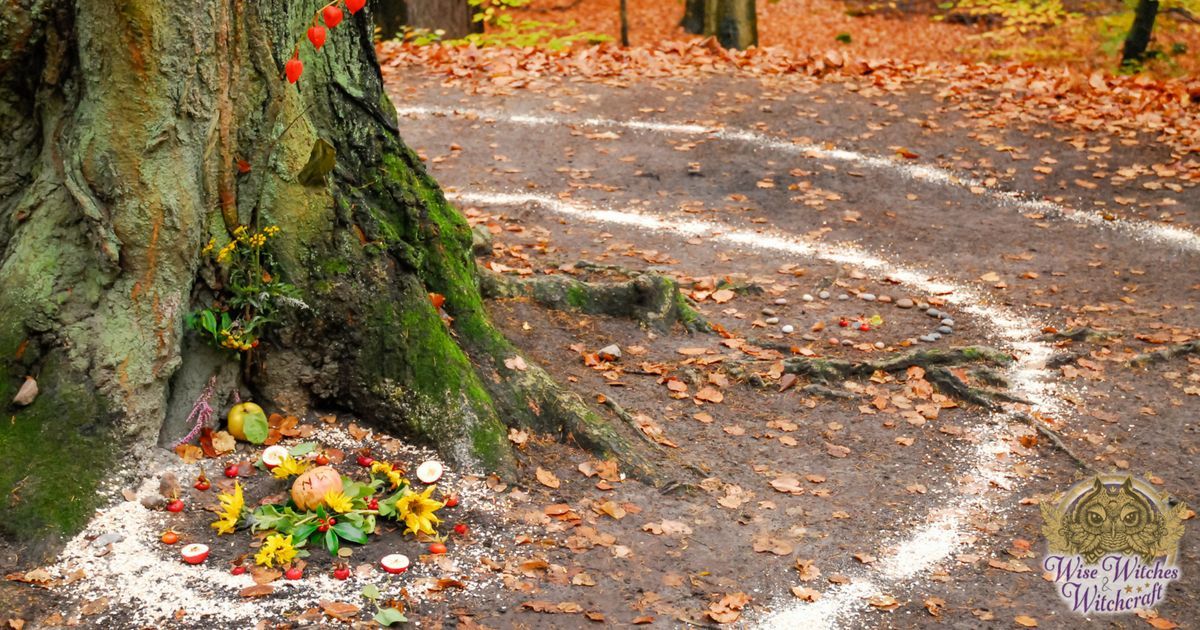
There are other purposes for creating an altar for yourself including maintaining a special place for:
- Worshiping a personal God or Goddess (or communing with them)
- Honoring our Spirit Guides, Teachers, Masters and other helpful Beings
- Remembering those who have passed over
- Approaching the Ancestors
- Clarifying intention
- Strengthening your connection to Spirit
- Having a symbolic space reflecting your faith
Selecting a Location for Your Wiccan Altar
Before you can get down to the business of setting up the specifics of your altar, you need to consider where best to put it. For some, a bookshelf or tabletop somewhere in the home works fine. For those who feel the need for discretion, that “somewhere” could equate to the privacy offered by a bedroom or a bathroom. While you might giggle at the last option, having an altar isn’t about making things fancy – just functional and meaningful. Stash your tools in a box under the sink and bring them out at bath time. Who said a rubber ducky couldn’t be an Animal Totem?
Indoor Altar Consideration
If you plan on having an indoor altar, there are other things to consider too. For example, do you have pets? Cats in particular seem attracted to blessed crystals and want nothing more than to bat them off the surface and play with them. This is also true for a feather you might use for moving incense through your sacred space. Beyond that, if kitty is around when you’re using your altar it’s pretty well established that cat fur and candle flames do not mix well.
Children can be similarly curious. The energy of magic draws them in as sure as candy. So, if you want an accessible altar, pick out your magical tools wisely. For example, use a butter knife, wand or wooden dagger instead of a sharp Athame (if that’s one of your chosen tools). The symbolism still exists side-by-side with safety precautions.
Perhaps you’re interested in Eastern mysticism. Then you can look at your home in terms of Feng Shui. In this energetic system, the North Eastern portion of a room or your home symbolizes (and supports) spiritual efforts. It also represents wisdom and knowledge, so this is a great option for your altar if this resonates with you. The only problem here becomes that the North Eastern region may have things in it that don’t feel quite right for magical workings. A cluttered garage is one example. If you’re willing to make adjustments – fine! Otherwise, take another tact.
One final note, many faiths including Wicca put their altar in the East or facing East. Examples include Anglican and Roman Orthodox buildings. It’s likely this tied into ancient sun worship – the sun rising in the East as an emblem of hope, renewal, and continuation.
Outdoor Magical Altars
Neo-Pagans, Wiccans, and Witches are nature lovers, so it’s not surprising that some would prefer an outside altar where they can be closer to the Earth and its energies. As with indoor altars, however, there are some difficulties. For example:
- How can you be sure your altar won’t be disturbed when you are not around? It’s not just curious folks on a hike that may come across it, but also animals like squirrels or ravens, known for gathering items.
- What types of precautions have you taken that account for weather changes?
- Is this spot safe regarding regional wildlife predators?
- Can you easily clear this area of rocks, roots and other things on the ground that might trip you when dancing (particularly at night)?
- What items can you use on your altar that are environmentally safe?
- Are there any local or regional regulations on the way in which specific areas get used?
- Are you certain the spot is not on private property (unless it is your own)?
Now, these kinds of questions won’t necessarily stop you from having an outdoor altar. Many people just choose a temporary one that they set up before a gathering or ritual and take down afterward.
Cleansing the Location for the Sacred Altar
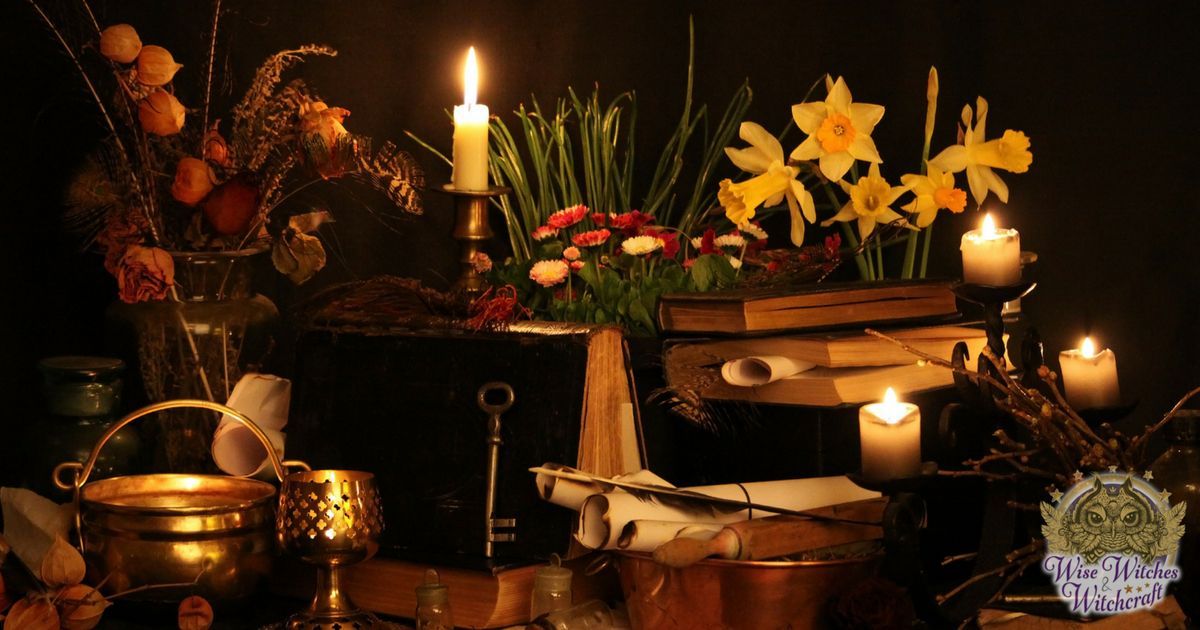
Once you figure out where you want things set up, the next step is clearing that space of any residual energy. Wherever we walk, talk, sit, dream – we leave a spiritual footprint of sorts. Some of these dissipate quickly while others remain. For a personal sacred space, you want to be sure that the vibrations therein are only the ones YOU want. Cleansing gives you a clean slate with which to start.
How you accomplish this depends on your tradition or personal preference. Some use salt and water as a wash on the floor and the surface of the altar. Others may smudge the region with sage. Prayer and visualization work too.
As you purify that space, keep in mind its intended use. You are now committing that area to a special stage in your life. On that stage, you’ll put the props desired for the magic you’re making.
Choosing Items for your Altar
Many types of witches have tools that their path recommends and/or regularly uses like a chalice or candles. So, it makes sense that you’d want these on your altar. But what else might go there?
In some cases, the answer to that question depends on the type of energy you’re creating. The components for a protection, for example. So, make sure you have all the ingredients that you need on hand for what’s to come (so you don’t have to run to another room and get something mid-casting).
Other items on your altar are more personal and could include:
1. An altar cloth (decorative or protective)
2. A statue of a God or Goddess
3. Blessed and energized crystals and rocks
4. Elemental representations like shells for water and a small potted plant for earth.
5. A Spirit candle
6. Pictures of your Ancestors or loved ones
7. Images of Spirit Animals or Totems
8. A Pentacle
9. A small broom (this might go beside the altar rather than on top)
10. Incense and incense burner
11. Cauldron
12. Wand
13. Divination tools
14. Fresh flowers and fruits
15. Your Book of Shadows
Putting it All Together: Arranging Your Altar
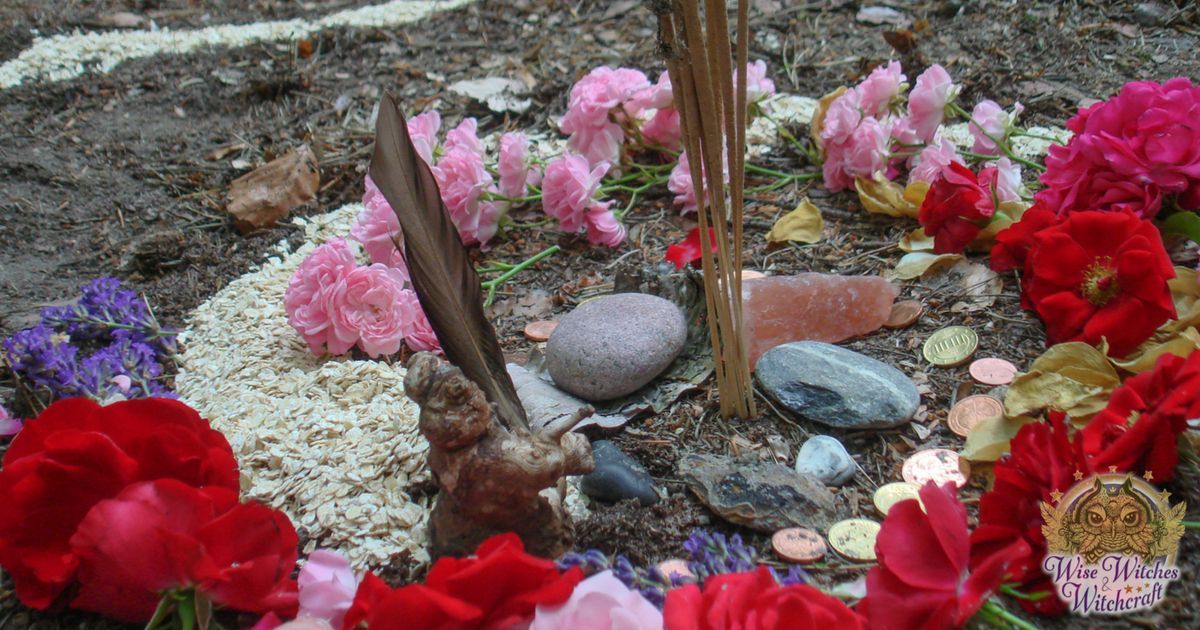
Some Wiccan traditions have specific ways in which they prefer the altar arranged. For example, the left side of the altar represents the Sacred Feminine, and the right side corresponds with the Sacred Masculine. Statues, colors, and tools on these sides correspond to that Being: Silver hues, a bell, a cup – for the Mother, Gold hues, a sensor, a wand for the Father.
Then each of the four quarters of the altar represents the cardinal directions and elements. In the North, we have Earth that might be honored with a green candle or a bowl of salt. To the East is Air, symbolized with a yellow candle and a feather. South is Fire bearing a red candle and sacred knife (athame), and West is water with a blue candle and seashell. These are very rough generalizations that can be far more complex should you choose.
Other Witches simply go with their gut. Stand in front of your altar and put a few things down. Step back. So far so good or does something feel off? If the later, move that item elsewhere. Depending on how much stuff you want, this intuitive process can take a bit of time until it seems “just right.”
Warning: there are times when the energies on your altar will tell you that they want another placement. Trust us, you will know it when you experience it. The reasons for this vary, but often it comes on the heels of shifts within the area where the altar resides. Perhaps someone moves out of your home, for example, or you welcome a new pet. The configuration of your altar is a bit like an energetic puzzle in which each piece has a purpose, and each interacts with the others in the spiritual dimension. So, listen to what your altar is telling you!

